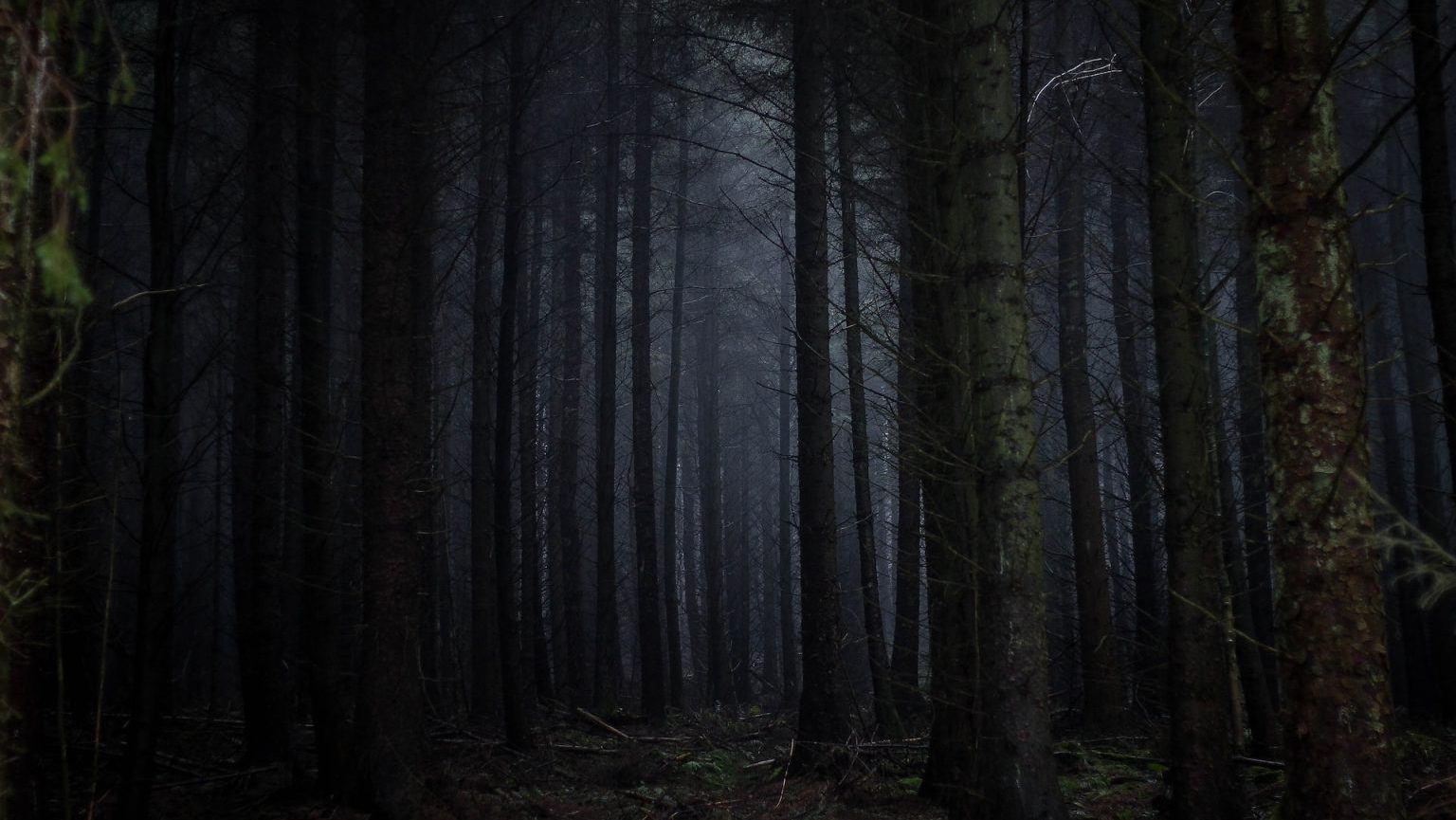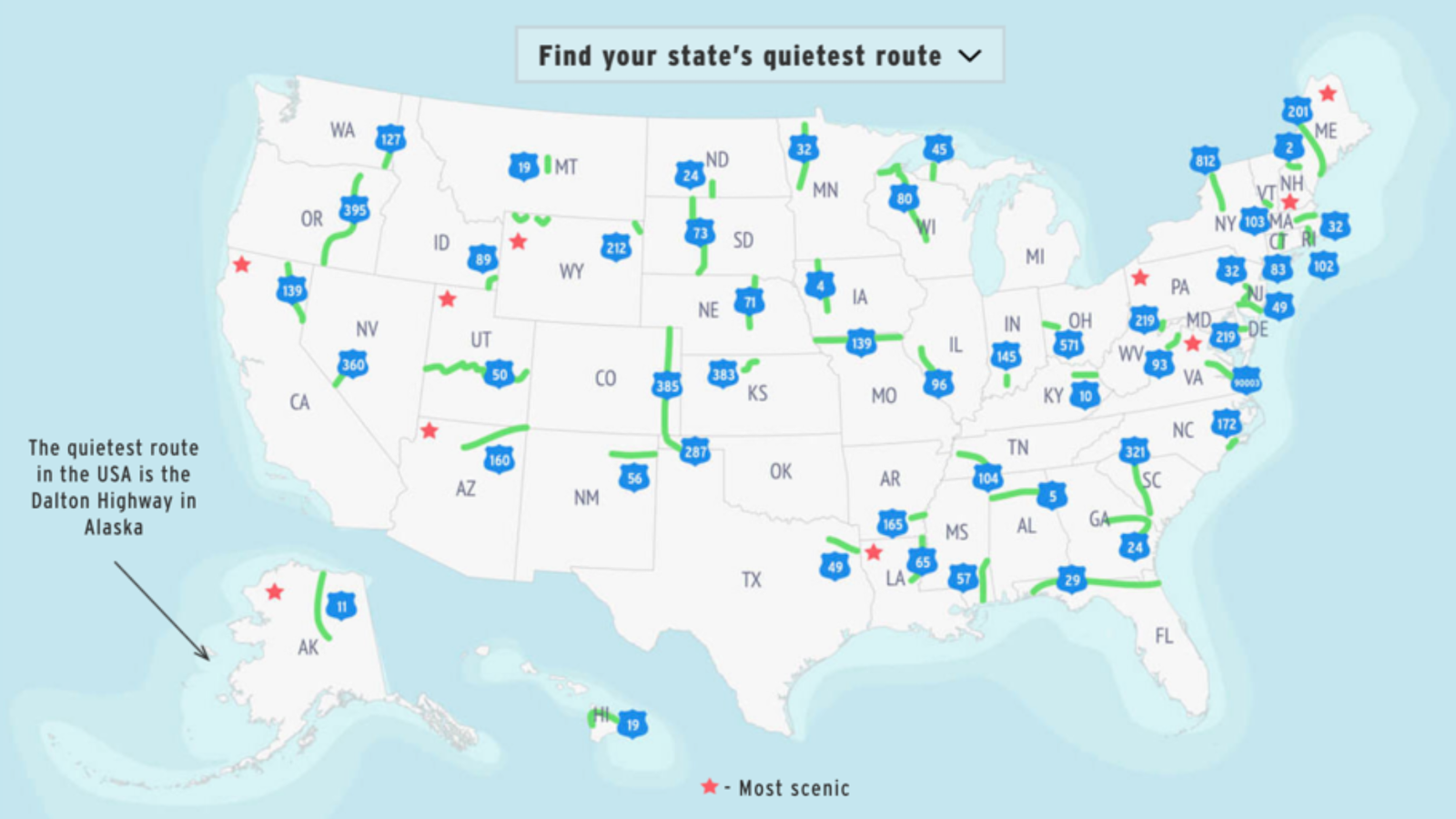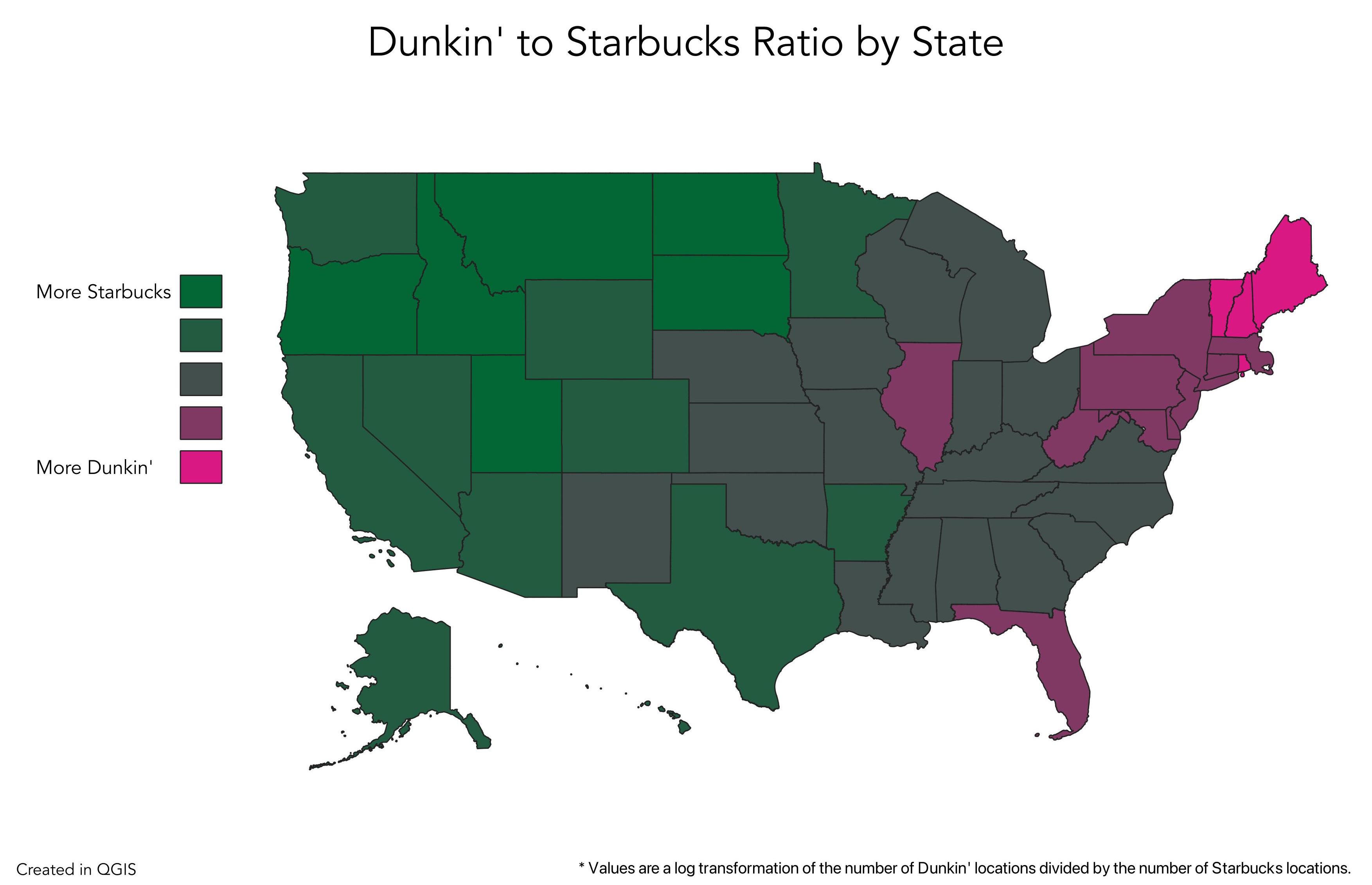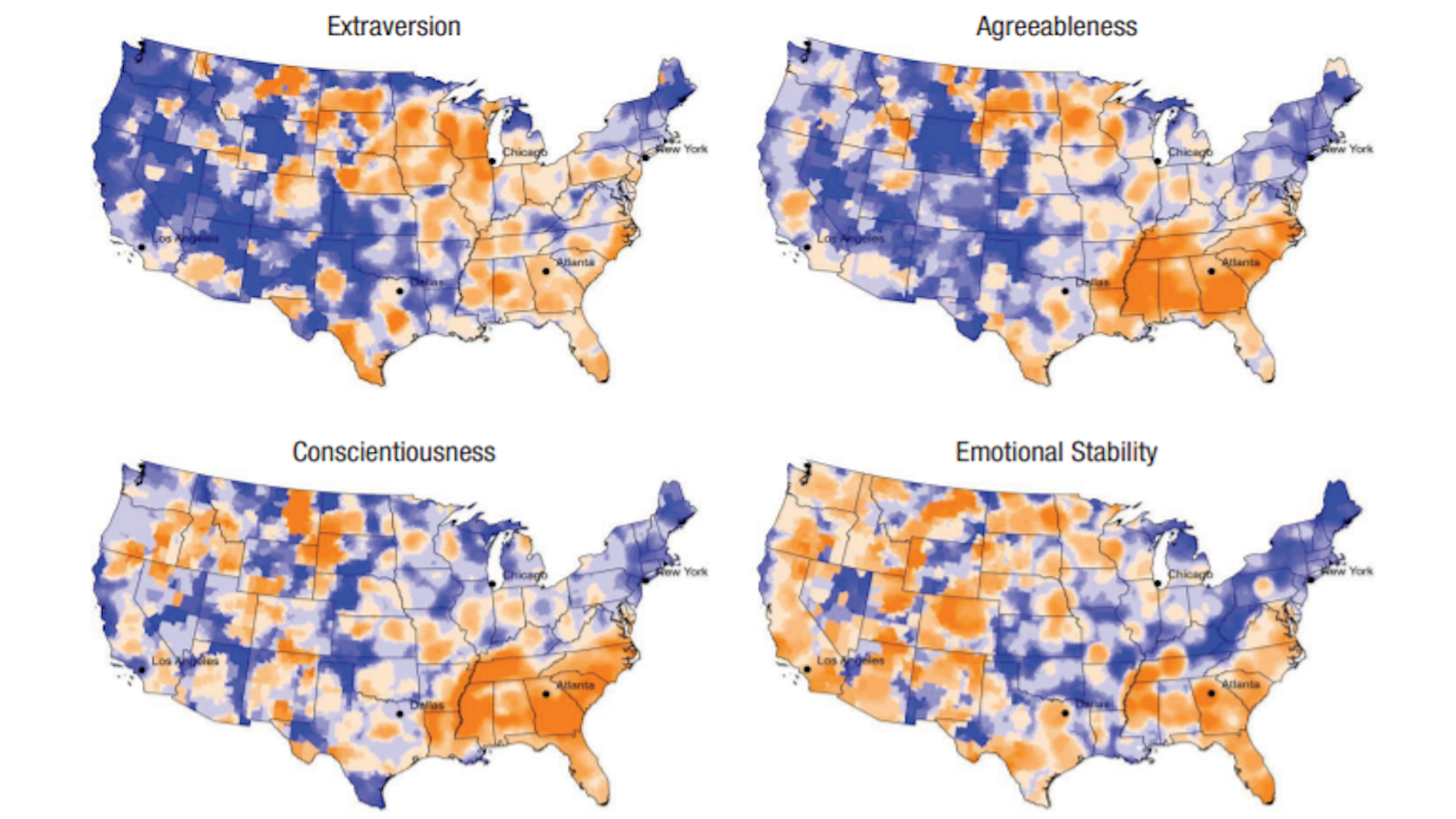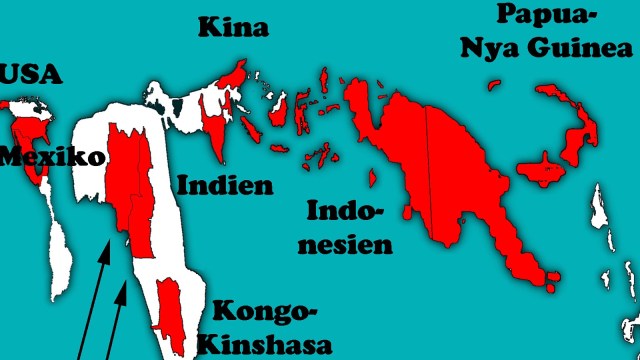237 – Regionalism and Religiosity
Cuius Regio, Eius Religio – this Latin saying applies to Europe, and to the principle that ended religious warfare: “Whose region (it is), whose religion (shall predominate)”. But it sprang to mind when seeing this map of the US, showing the leading church bodies per county. The map demonstrates the important link between region and religion, or to put it more precisely: where you live is a predictive factor as to where you worship.
The map highlights 8 major Christian denominations, showing where they represent a plurality (and in counties marked with a + at least 50%) of the relevant counties’ population. This shows that there are quite a few remarkably contiguous religious blocks in the US
The most notable of those contiguous areas is that of the Baptists, a term that is quite rightly almost synonymous with Southern Baptist (a bit like how Orthodox in Europe equals Eastern Orthodox; as “western orthodoxy” is referred to as Catholicism). Baptists are the biggest congregations in nigh on all counties of nine states (Oklahoma, Arkansas, Mississippi, Alabama, Georgia, South Carolina, North Carolina, Kentucky, Tennessee), and are a major presence in West Virginia (where Methodists dominate the northeast), Virginia (where the selfsame Methodists have a foothold in the border area with West Virginia) and Missouri (the area around St Louis being majoritarily Catholic). Florida, Louisiana and Texas are split between a Catholic South and a Baptist North – to a large part due to the large, traditionally Catholic communities of Latinos in southern Texas and Florida and of Cajuns (French-Americans) in Louisiana.
Another block, but not nearly as neatly contiguous, is the Lutheran one, present in the northern Midwest and West, best represented in Minnesota, North and South Dakota, Nebraska, Iowa and Wisconsin. Lutheran here often is synonymous with German-American or more broadly speaking Northern European – again, Lutheran conjures up certain geographical, not to say climatological images; a form of worship designed to survive the grimmest of winters. It would be very hard to rhyme a Latin culture with the Lutheran religion.
I don’t know is there’s a similar link thinkable in the Methodist case. The Methodist areas are also much smaller and much more disparate: in West Virginia (as mentioned) and adjacently in areas of Pennsylvania, Virginia and Ohio. There’s a sprinkling of Methodist-dominated counties in Maryland, Delaware, Indiana, Illinois, Iowa, Nebraska and Kansas. Strangely, most Methodist-dominated counties lie between two parallels of longitude determined by the northern border of Nebraska and Pennsylvania and the southern border of Kansas and Virginia.
The Mormons dominate every county in their state of Utah, and have proceeded from there to become numerically superior in some counties of adjacent states, such as Arizona, Colorado, Idaho and Nevada – they are the biggest congregation in the county that holds Las Vegas.
Most of the other counties have Catholics as the most numerous congregation, leading to a somewhat misleading map. Catholicism very often is the biggest denomination by default, owing to the fact that their institutional unity boosts ‘market share’ but at the same time masks differences between different wings of the Roman church that are as great as between denominations of Protestantism that have separated over theological differences.
On the other side of the bums on pews versus quality of purpose spectrum are the Mennonites (among whom the Amish are the strictest of the strict), dominating in very few counties, but where they do, often in two or three adjacent counties (as in northern Indiana, central Ohio and central Kansas).
Quite puzzling finally is the denomination labelling itself as Christian, dominating in central Illinois and Indiana. I thought they all were. Christian, that is…
This map was sent in many times, but most recently by Jack Alexander.


